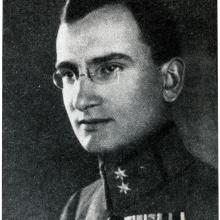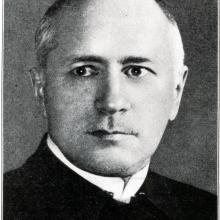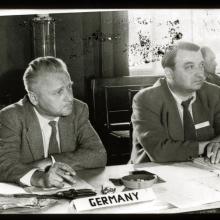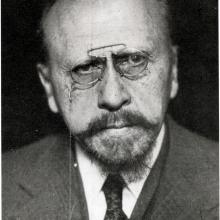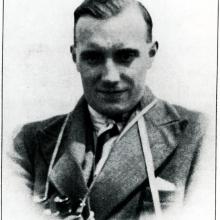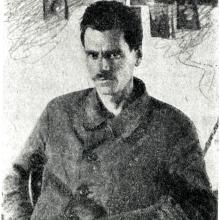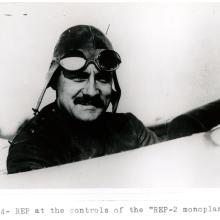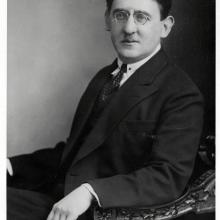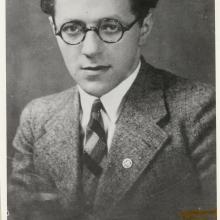
Goddard launched this Hoopskirt rocket on December 26, 1928, after three previous attempts. Goddard made no effort to build this rocket as a streamlined vehicle. He only wanted to test the operation of his rocket motor and make the vehicle as light as possible.
The Hoopskirt is a reconstruction, as the flimsy structure was smashed by the flight. It was so named because it resembled a hoopskirt, a ladies’ fashion of the late 1800s.
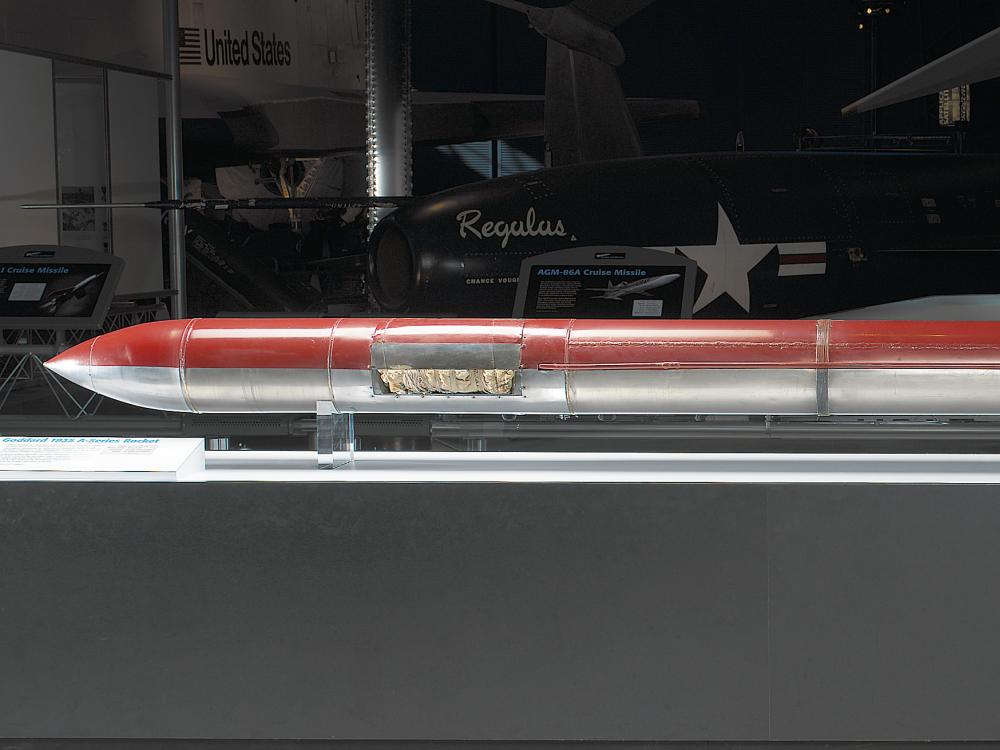
Goddard tried to launch this liquid-fuel rocket in 1935 to demonstrate its capabilities to supporters Charles Lindbergh and Harry Guggenheim. The A-Series could travel 700 mph (1100 km/h) and reach a height of 7,500 feet (2,300 meters). A technical problem prevented the flight, but Lindbergh and Guggenheim felt Goddard was on the right track.
They persuaded Goddard to donate a complete A-Series rocket to the Smithsonian, which he did in November 1935. This rocket became the first liquid-fuel rocket in the Smithsonian collections.



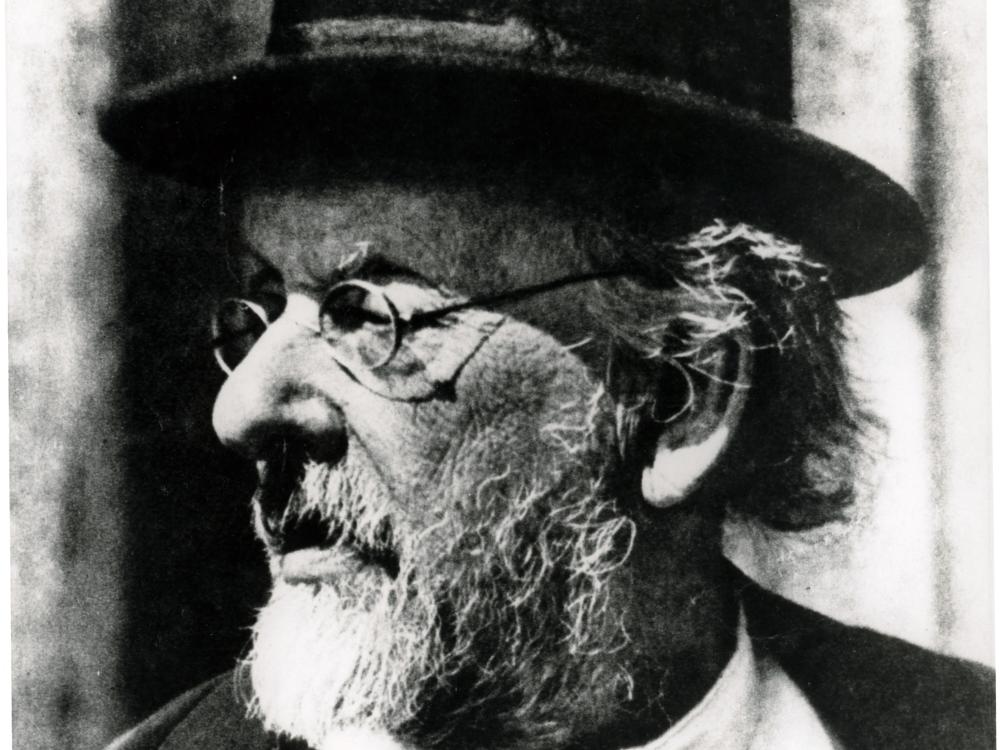
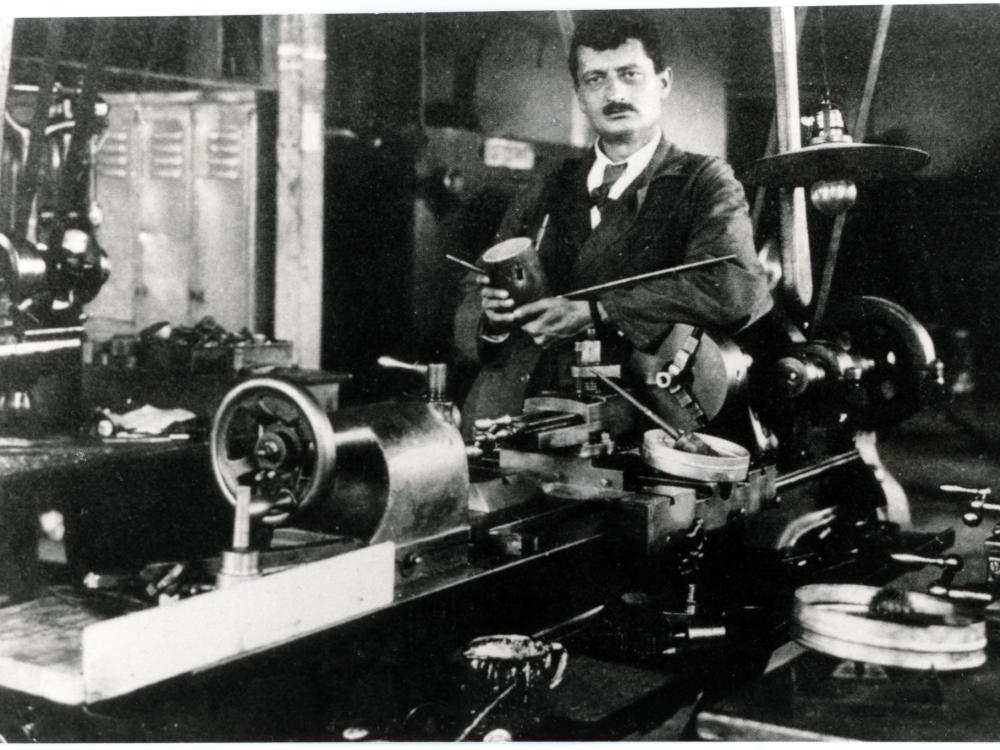

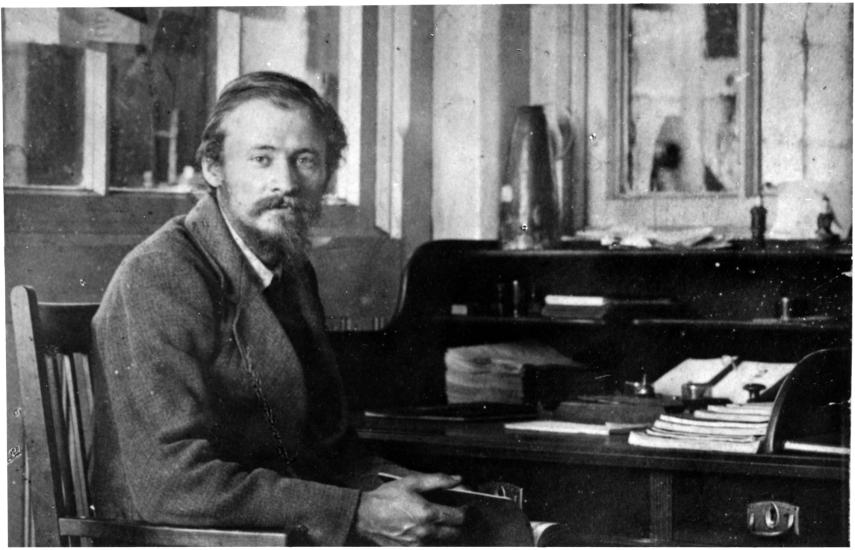
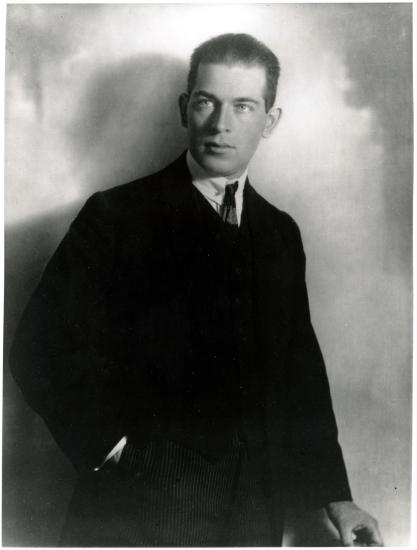
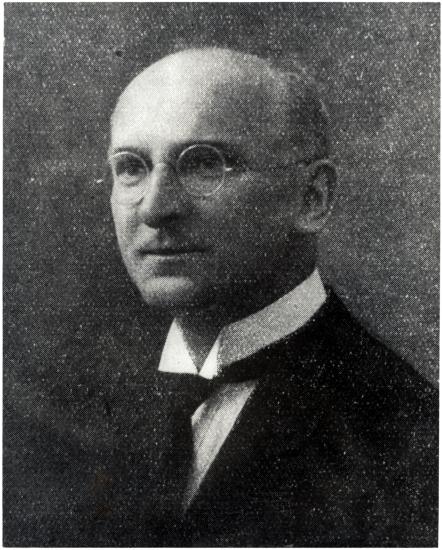
![Image of : Korolev, Sergei Pavlovitch. [photograph]](/sites/default/files/styles/slideshow_basic/public/images/stories/NASM-SI-84-10327.jpg?itok=29RiHESn)

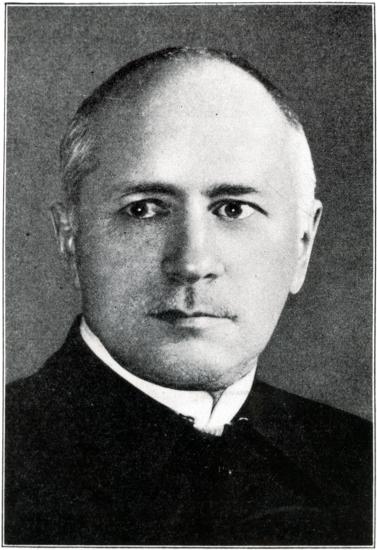
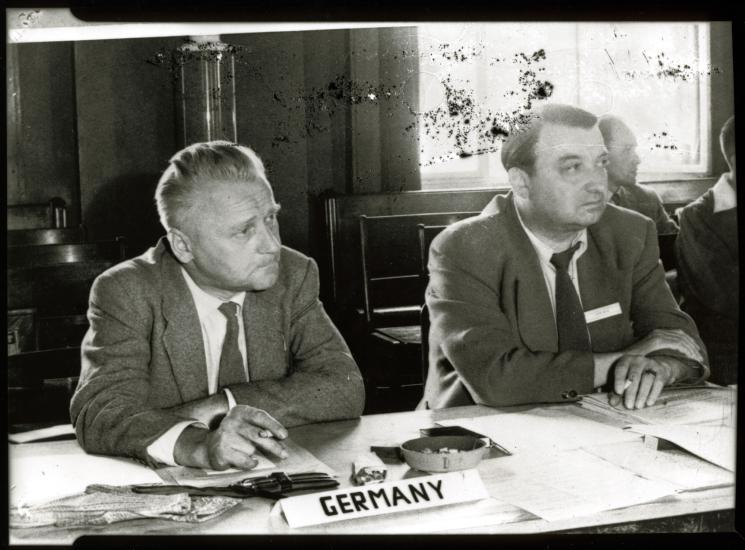
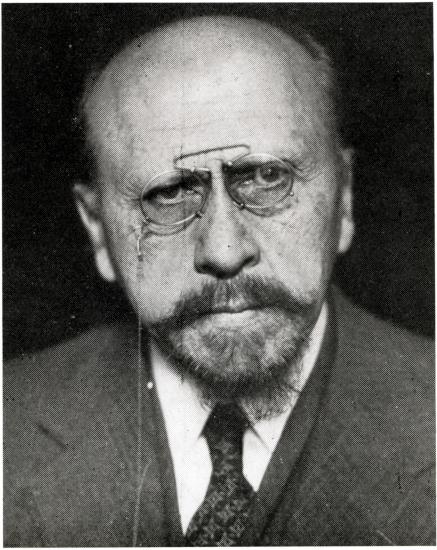


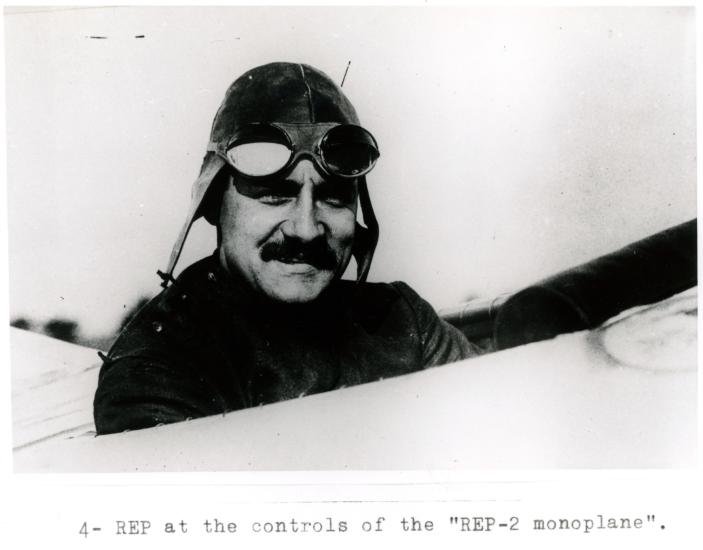
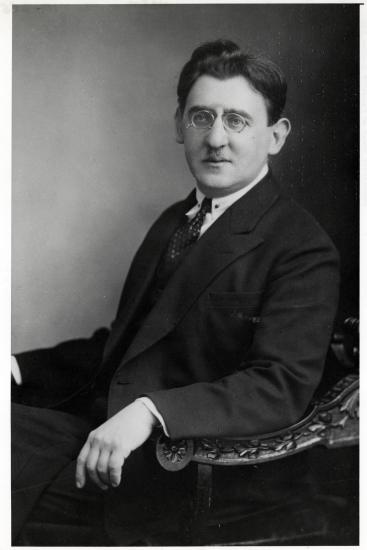
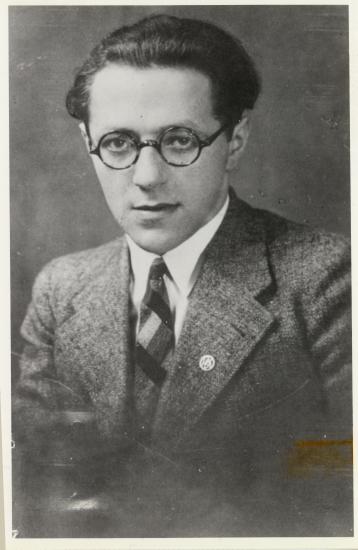
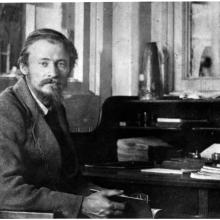
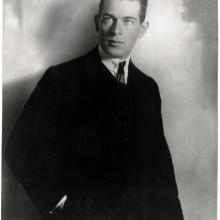
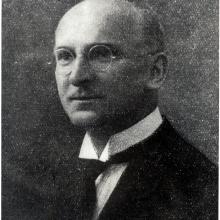
![Image of : Korolev, Sergei Pavlovitch. [photograph]](/sites/default/files/styles/media_library/public/images/stories/NASM-SI-84-10327.jpg?h=a9c2fcf0&itok=qp6ouuDp)
